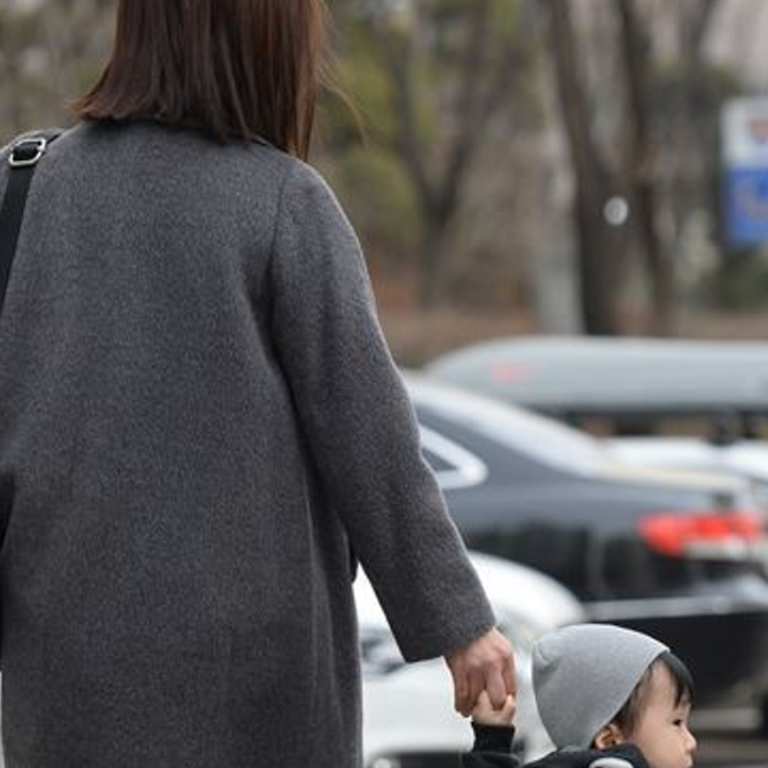
Glass ceiling still thick in South Korea
The number of women at work is up, the overall female employment rate is about 10 per cent less than the global average
By Yoon Ja-young
One out of four workers at South Korea’s conglomerates is a woman, but the glass ceiling still seems to be thick, as Korea recently fell in female employment numbers with figures far below the average of developed countries.
According to the Korea Economic Research Institute (KERI), 24 out of 100 employees at the country’s top 600 companies were women, as of 2017, following its analysis of non-financial companies listed on the stock market. Among the 1.13 million total employees hired by the businesses, women accounted for 23.7 per cent, inching up from 22.9 per cent in 2013.
The ratio of women was especially high in the wholesale and retail industries at 57.6 per cent. Arts, sports and leisure related services companies also had women as 41.3 per cent of their workforce.
Hyosung ITX had the highest ratio of female employees at 83.5 per cent, followed by education services company Woongjin Think Big, KT CS, KTIS and Shinsegae International.
While the ratio of female workers has inched up during the past five years at conglomerates, which is meaningful when considering that they are preferred workplaces, the overall female employment rate was 58.4 per cent in 2016, far lower than the average 67.8 per cent of Organisation for Economic Cooperation and Development (OECD) member countries.
The institute pointed out that while the female employment ratio rose by 4.6 percentage points over the past two decades, it was smaller than the OECD average 8.4 percentage points rise, falling to 27th from 23rd. Korea ranked 29th in female labour force participation rate, falling from 23rd two decades ago.
The institute noted that the OECD has recommended Korea to expand maternity leave and childcare services and seek a balance between work and life to increase the number of women participating in the workforce. Korea has been near the bottom of the glass ceiling index for the past few years.
Experts warn an environment that is unfriendly to women also influences low birthrates.
“Korea has a high ratio of highly-educated young women. If it doesn’t decrease penalties on maternity, evasion of childbirth will continue. Young men who want a double income to attain a middle class lifestyle are not positive about childbirth either since it can break their spouses’ careers,” said Kim Young-mi, a professor at Yonsei University.
“When considering the changing preference of young workers, it is impossible to tackle the low birthrate problem, unless workplace culture goes through notable changes,” she said.
The KERI also noted that businesses popular among female workers offer diverse programmes to support working mothers and improve the corporate culture.
Hyosung ITX, for instance, shortens work hours for pregnant employees and encourages women to freely use maternity and childcare leave. It opened a daycare centre, and has adopted flexible work hours to help women continue their careers. The company was awarded by the minister of gender equality and family for such efforts.
KT CS enables employees suffering from infertility to take up to one year’s leave for treatment. It also adopted the option of working at home for the first time in the industry, on top of providing mental health counselling for workers.
CJ Freshway allows workers to take up to one month’s leave when their child enters elementary school. GS Retail is trying to increase flexibility, allowing workers to take two hours’ leave when they need it.
“The ratio of female workers is increasing at top 600 companies, but female labour participation and employment rates are lower than the OECD average, and Korea has fallen in ranking compared with the 1997 Asian financial crisis,” said Choo Kwang-ho, director in charge of job strategy at the institute.
“Support programmes and culture cherishing both work and life should be expanded so that females don’t suffer from career breaks,” he added.

